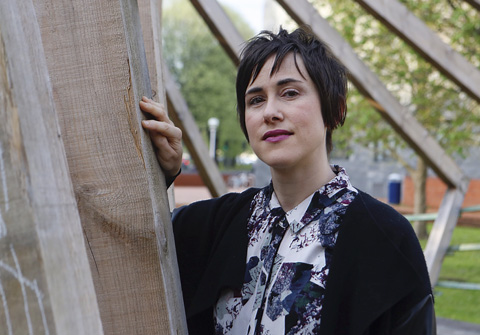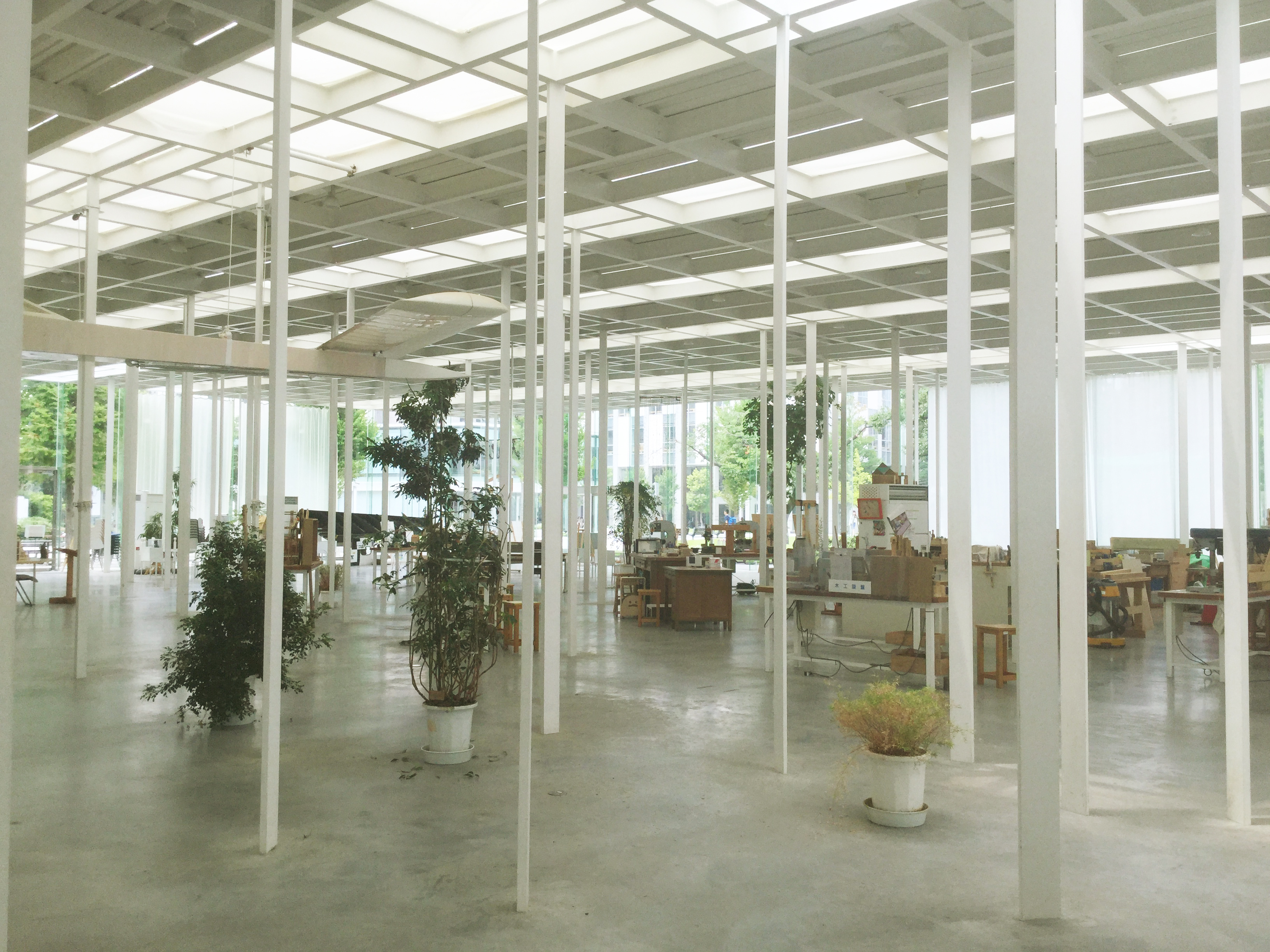A study conducted by Ula Iruretagoiena, a lecturer at the UPV/EHU's School of Architecture, proposes establishing other ways of thinking about, designing and building architecture in order to come up with architecture that is ready to have its useful lifetime extended.
Architecture with the capacity to adapt when facing a changing, uncertain context
A study by the UPV/EHU-University of the Basque Country positions architecture on the side of experience by substituting the functionality that tends to be given to spaces
First publication date: 31/03/2017

The lecturer at the UPV/EHU's School of Architecture Ula Iruretagoiena proposes changing the bases that underpin both historical and contemporary architecture. This volte-face in thought has been caused by the sheer speed of change in current society. "This is a hitherto unheard-of fact; never in the history of humankind have so many socioeconomic changes taken place in such a short space of time," said Iruretagoiena. Taking the speed of change in current society as the basis, the researcher believes that "architecture has to be tackled from another perspective".
In Iruretagoiena's view, "until now the architectural project has been conceived as a functional object matured in accordance with predictive, anticipatory logics". However, what she is proposing is "a shift in this approach to the architectural project", to bring it more into line with the current keys of uncertainty dominating society. She thus suggests that the basis should not be that functionality that has ruled until now, "but the need to retrieve a space where experience is what determines the use of the space instead of it being a decision imposed by the architect". As the author explains, "we should build spaces thought up so that the passing of time and the users interpret them, and this interpretative richness would ensure that the architecture does not end up obsolete within a short period of time". For the author of the study, "considering the perceptive subjectivity of the people as a substantial parameter of architecture means including a degree of uncertainty when considering the architecture: at the end of the day, the use of a space has to do with how the human being understands the place where he/she lives, and according to that understanding, which fully relates to the moment and the culture, the use of the space is transformed or modified. The use of the space will be modified according to the perception about it held by the human being".
Resilient permanence in the life of buildings
To develop her arguments, Iruretagoiena analysed the work done by the world-famous architects Mies van der Rohe and Junya Ishigami. As she explained, "the attitudes of both architects reveal an approach to the architectural project that gives rise to a way of remaining resilient: the physical fact persists and its variable interpretation restores architecture to the passing of time and to the body that perceives it". It proposes an architecture in which the architectural structure underpins the project, "because that is what is going to continue in time," she declared. "I believe that rather than building controlled situations, architecture has to be built to adapt to unforeseen situations. To do that, the structure of a building or of a built environment becomes an indispensable aspect. It is essential that a spatial organisation or structure should suggest different ways of organising and moving around the space, even imagining contradictory situations between them. The inhabitant of the space will be the one who decides, in accordance with his/her personal interpretation, which of the spatial situations suits his/her interests. This interpretational capacity of the dweller remains beyond the control of the designer. If we were to learn to think up spaces with these types of unexpected unknowns, architectural proposals would acquire the capacity to continue over time and thus overcome functional obsolescence," concluded Iruretagoiena.
Additional information
This study comes within the framework of the PhD thesis by the architect Ula Iruretagoiena-Busturia (Bilbao, 1979) entitled Proyectar la incertidumbre. Permanencia resiliente en la vida de los edificios (Planning Uncertainty. Resilient Permanence in the Life of Buildings) and supervised by Laura Martínez de Guereñu (UPV/EHU).



